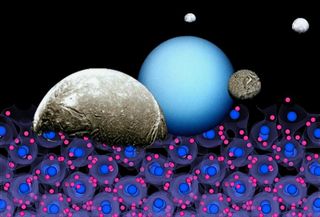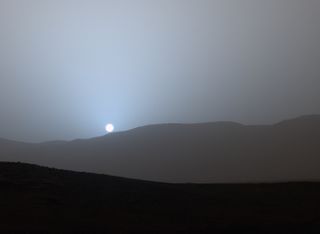uranus
Latest about uranus
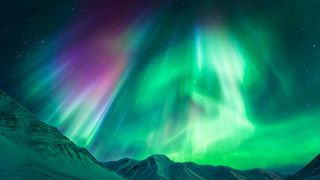
Do extraterrestrial auroras occur on other planets?
By Joanna Thompson published
Auroras don't just exist on Earth. Here's what we know about auroras on other planets in the solar system.
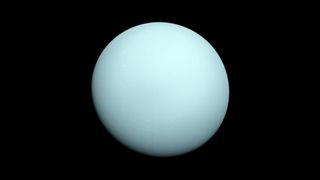
Uranus: Facts about the sideways ice giant
By Adam Mann published
Reference Uranus is a strange world in the solar system that spins on its side. A new probe that will visit Uranus in the coming decades could unlock even more secrets about this peculiar planet.
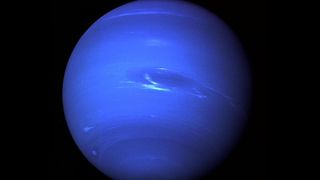
Astronomers perplexed by plummeting temperatures in Neptune's atmosphere
By Harry Baker published
A surprising new study has revealed that atmospheric temperatures in Neptune's southern hemisphere have decreased in the past 17 years, despite the region entering its summer.
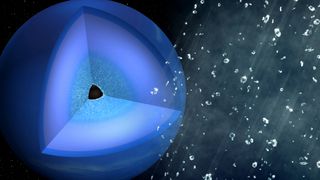
'Diamond rain' on Uranus and Neptune seems likely
By Paul Sutter published
Hiding beneath the outer layers of some planets, there may be something spectacular: a constant rain of diamonds.
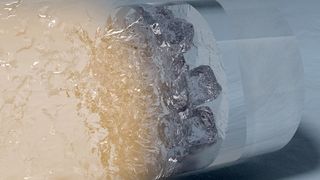
Ultrahot 'superionic' ice is a new state of matter
By Ben Turner published
To create the ice, the scientists had to squeeze a water droplet to 3.5 million times Earth's atmospheric pressure and heat it hotter than the sun.
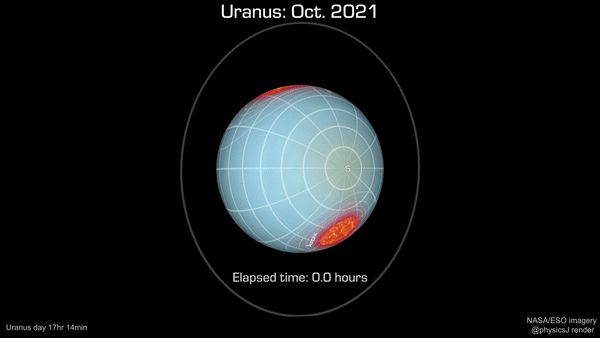
Scientists create most detailed map of Uranus' mysterious auroras
By Tereza Pultarova published
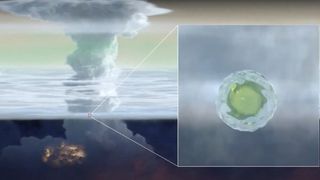
Stinky 'mushball' hailstones on Uranus may explain an atmospheric anomaly there
By Tereza Pultarova published
A recent discovery of giant ammonia-rich hailstones, dubbed mushballs, on Jupiter might explain why Uranus and Neptune seem to have no ammonia in their atmospheres.
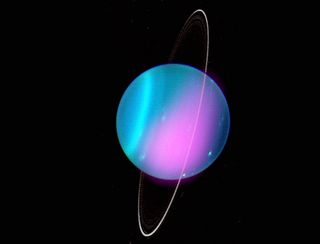
Mysterious X-rays are flaring out of Uranus
By Brandon Specktor published
Astronomers detected X-rays flaring out of Uranus for the first time. It could be a case of solar scattering, or some as-yet unknown process.
Sign up for the Live Science daily newsletter now
Get the world’s most fascinating discoveries delivered straight to your inbox.
